Reclining Wheelchairs & Tilt-in-Space
Reclining Wheelchairs are manual wheelchairs with a high backrest and head support to bolster the head, neck, and trunk when in a reclining position. The independent reclining feature allows users to reposition from a 90-degree seated position to a reclined 180-degree position.
Why is a reclining position helpful? Prolonged usage of a wheelchair can lead to muscle fatigue, discomfort, and pressure sores. An advantage of a full reclining wheelch
The Benefits of Wheelchair with Reclining Back
- Reclining Provides Pressure Relief - The angle redistributes the user's weight and promotes blood flow to prevent pressure ulcers at bony prominences due to long-term seating. The Medline Reclining Wheelchair by Drive Medical, features a hydraulic reclining mechanism to create many angles up to 180 degrees with anti-tippers for safety in any position.
- Facilitates Easy Incontinence Management - Reclining when seated puts less pressure on the bladder, making it easier on patients with a catheter or ostomy appliance. Many reclining systems will allow the user to lie flat when a caregiver changes a catheter or an incontinence brief.
- Encourages Edema Management - A high-back reclining wheelchair includes elevated leg rests for maximum head-to-toe comfort and blood circulation by propping up the legs and feet to manage fluid.
- Provides Head and Trunk Support - Prolonged seating fatigues the upper body, and therefore reclining wheelchairs with headrests increases comfort and is essential when patients have limited or no muscular control.
- Aids With Safe Patient Transfer - As a lightweight reclining wheelchair, it is easy to position. The removable arms aid with side transfers to and from a chair.
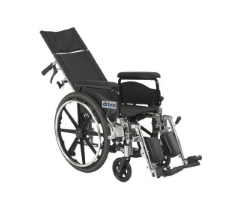
The Benefits of a Tilt-In-Space Wheelchair
- Provides Pressure Relief - The angled back adequately redistributes pressure to prevent pressure ulcers.
- Maintains Proper Seating Position - The user receives trunk support while in a seated position. The seated position preserves the alignment of the hips, knees, and ankles and prevents slipping.
- Preserves Skin - Shearing can occur when the body shifts. The tilting mechanism does not move the body and therefore prevents shearing entirely.
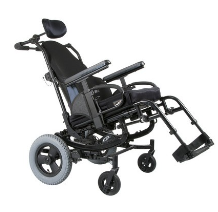
Frequently Asked Questions (FAQs)
How does a Tilt-In-Space wheelchair differ from a reclining wheelchair for sale?
A reclining wheelchair angles the upper body only whereas a Tilt-In-Space system tilts the entire base to the desired angle without changing the user's seated position.
Who needs a tilt-in-space wheelchair?
This type of wheelchair is ideal for patients who have no muscular control and need seated assistance. Users with delicate or at-risk skin may choose this version over a reclining wheelchair because it prevents shearing.
Who can benefit from the tilting feature?
Any patient who has prolonged usage of a wheelchair will benefit from a tilting feature since it redistributes pressure.
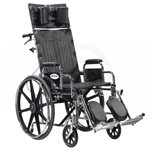
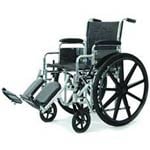
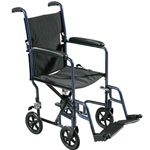
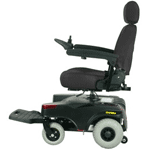
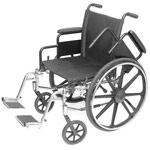
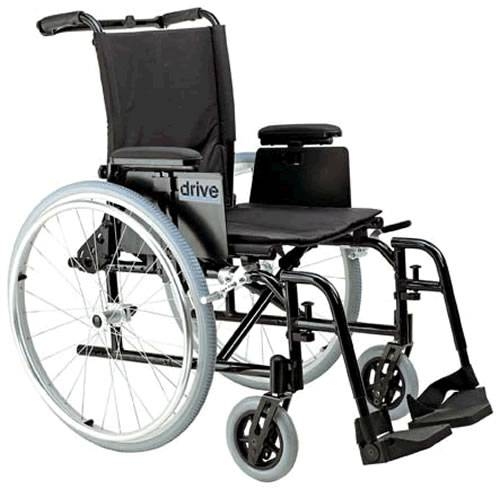
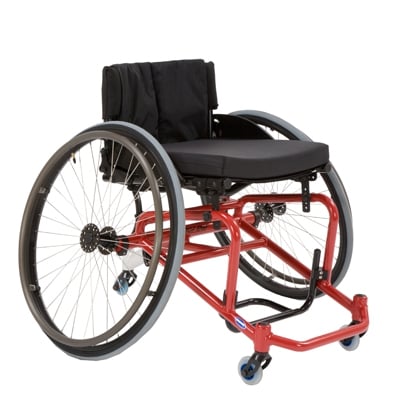
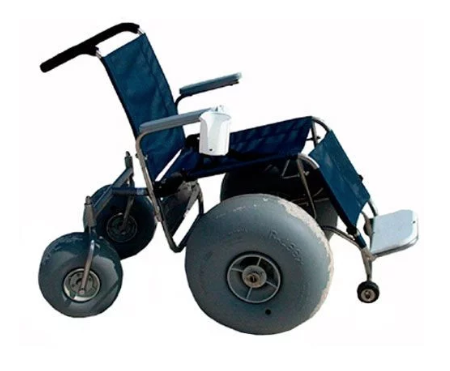
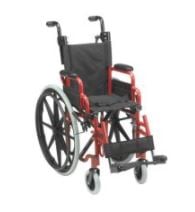
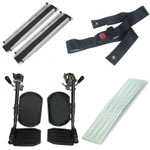
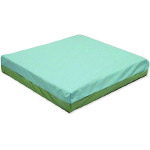

Login and Registration Form